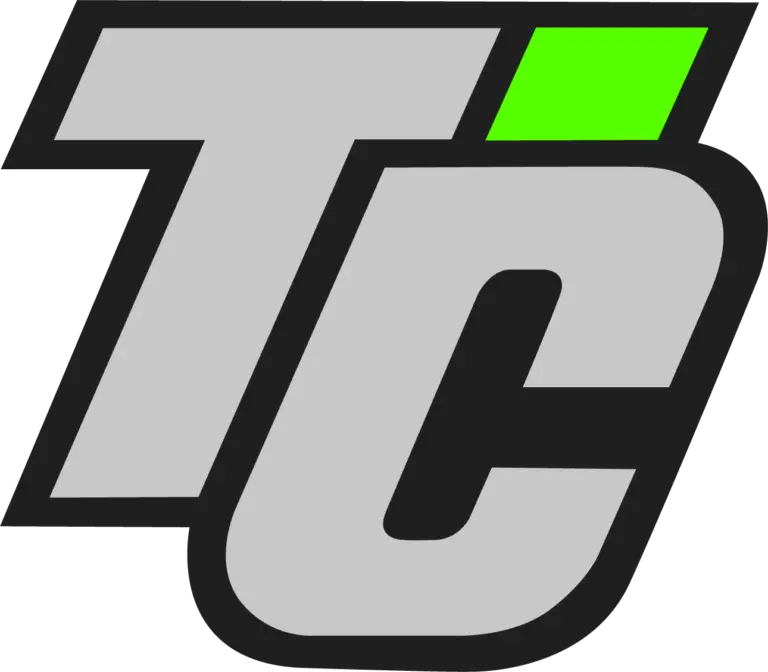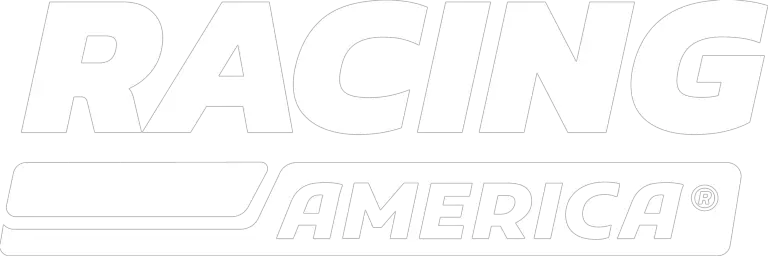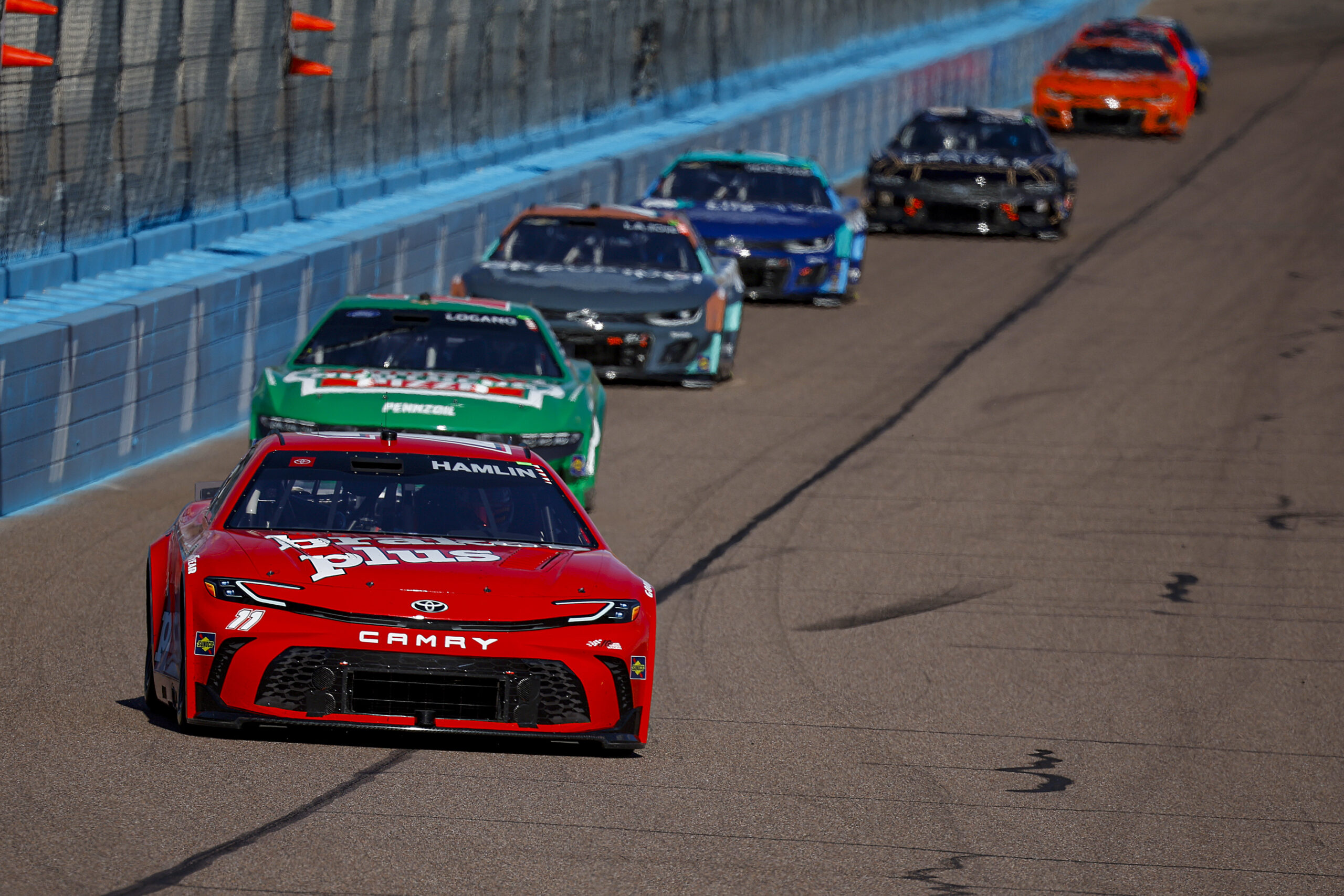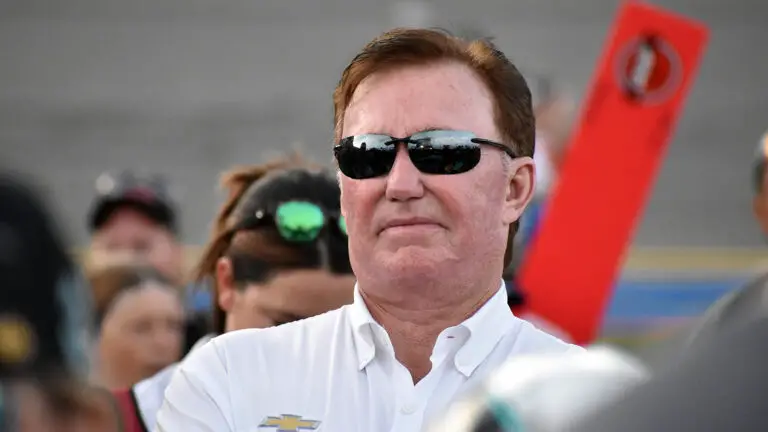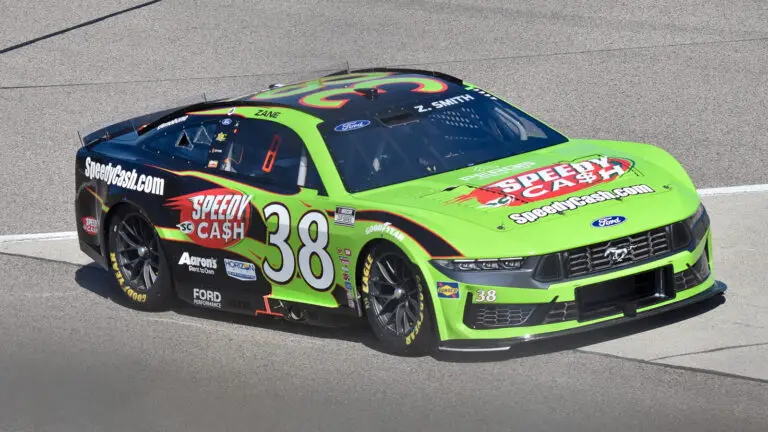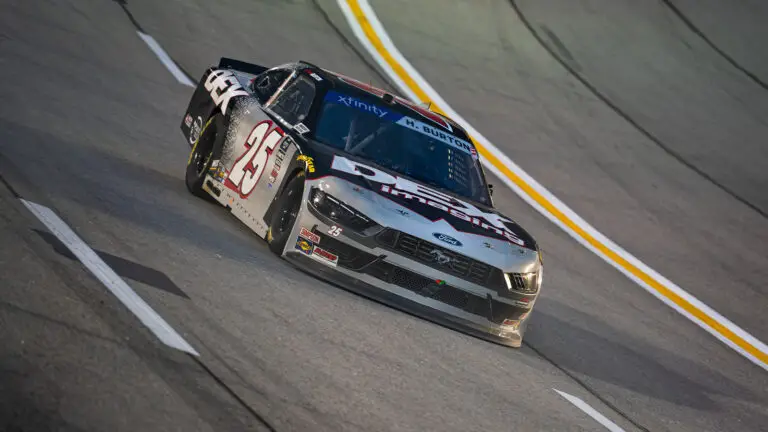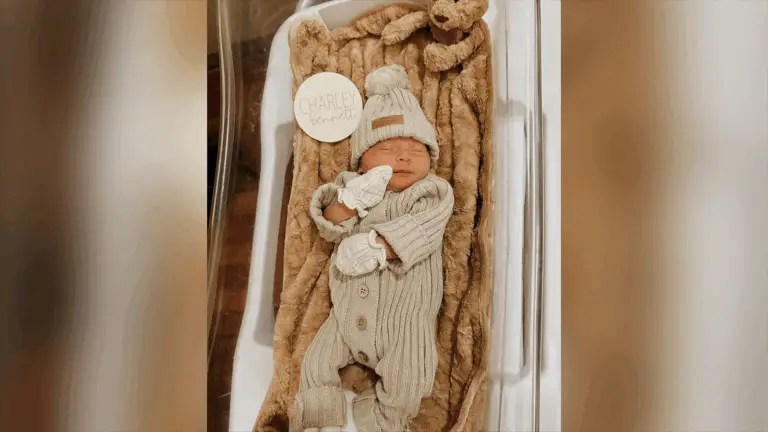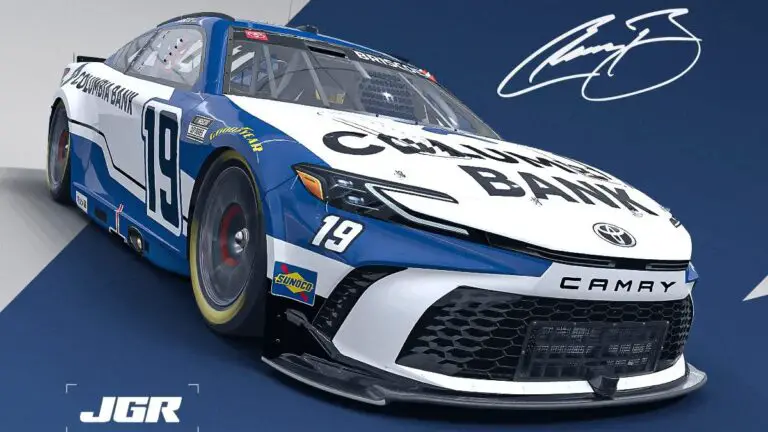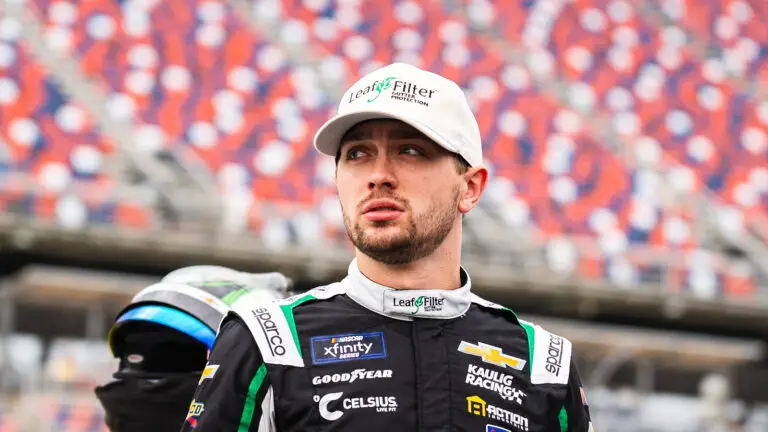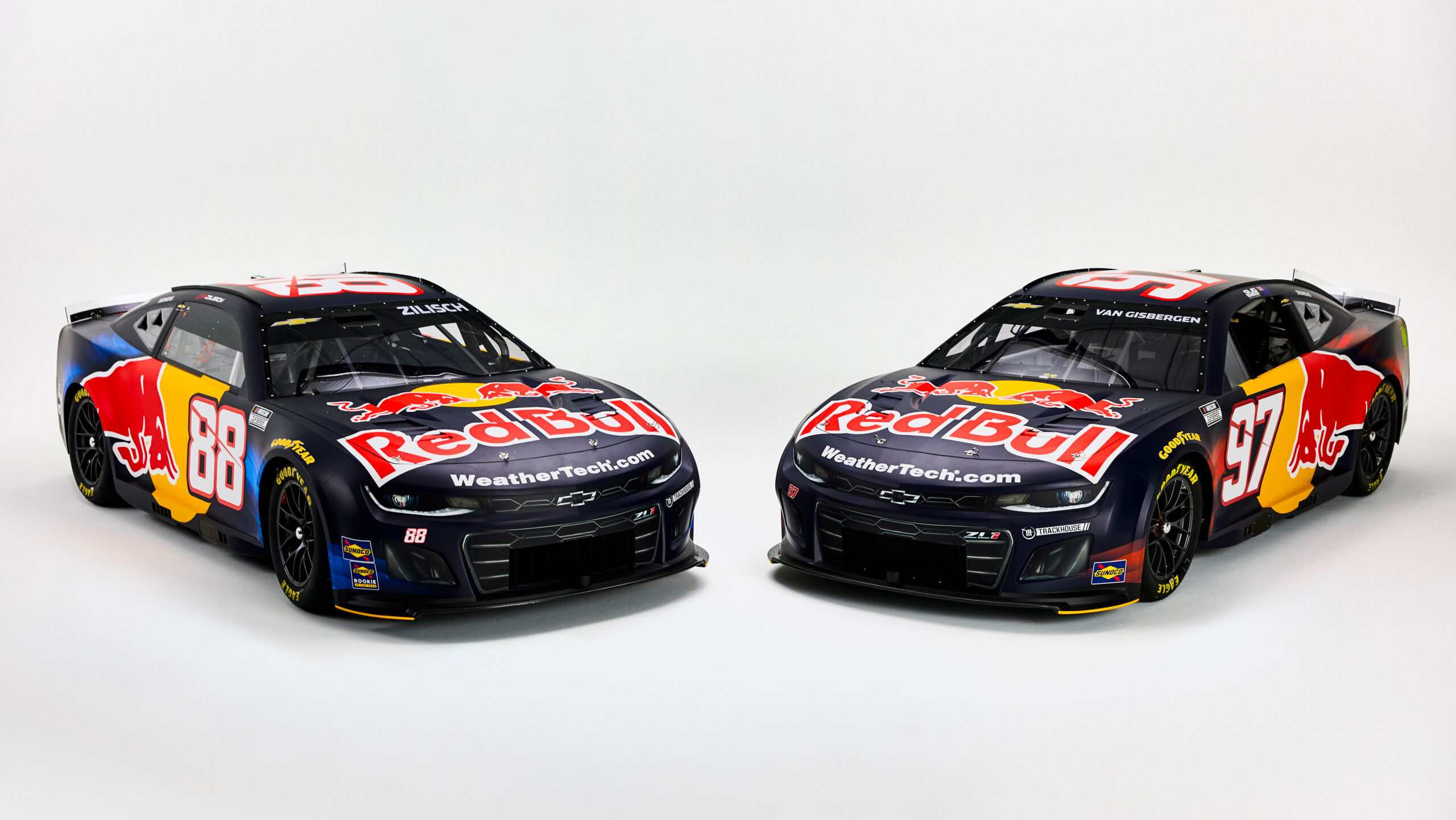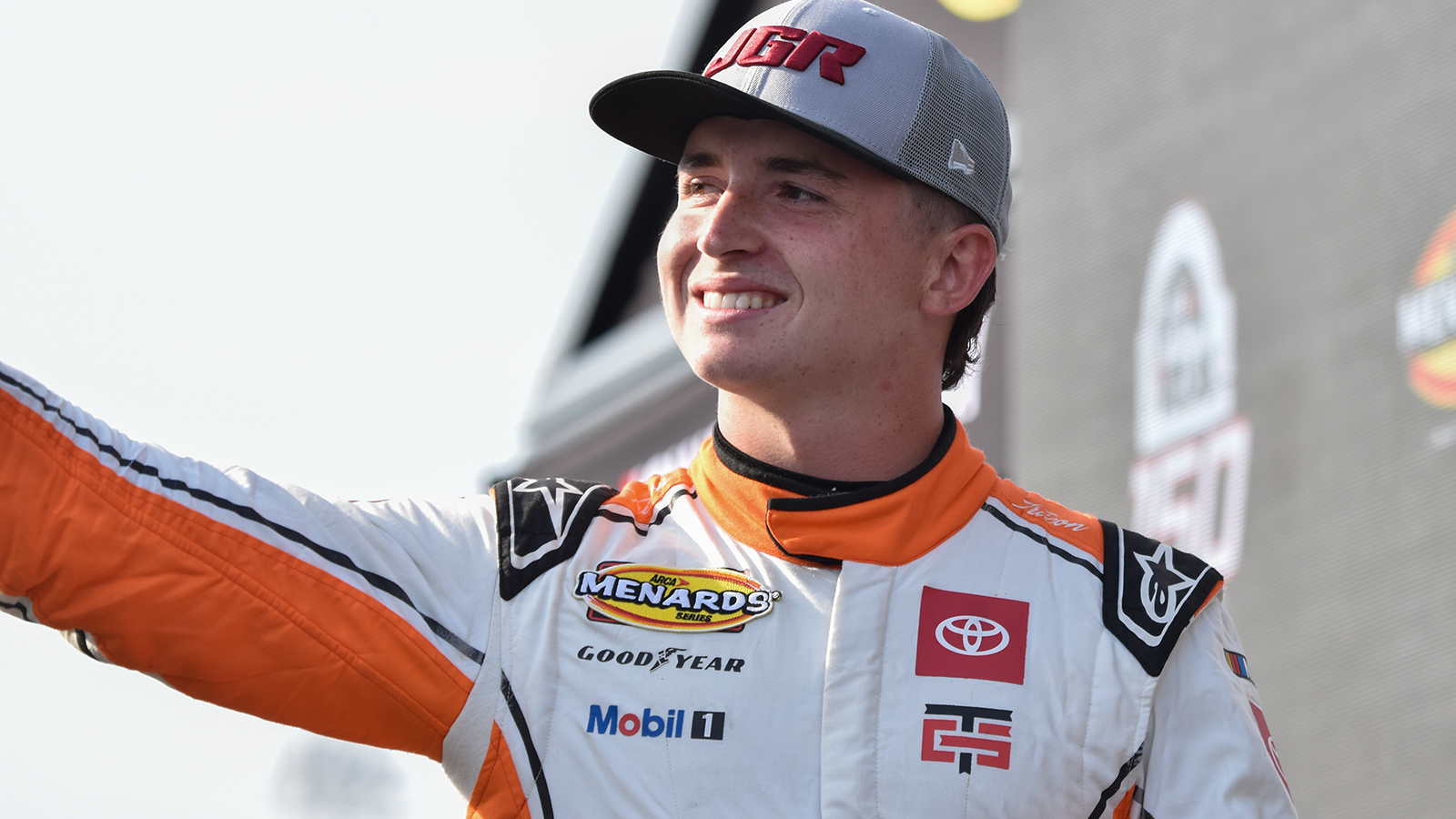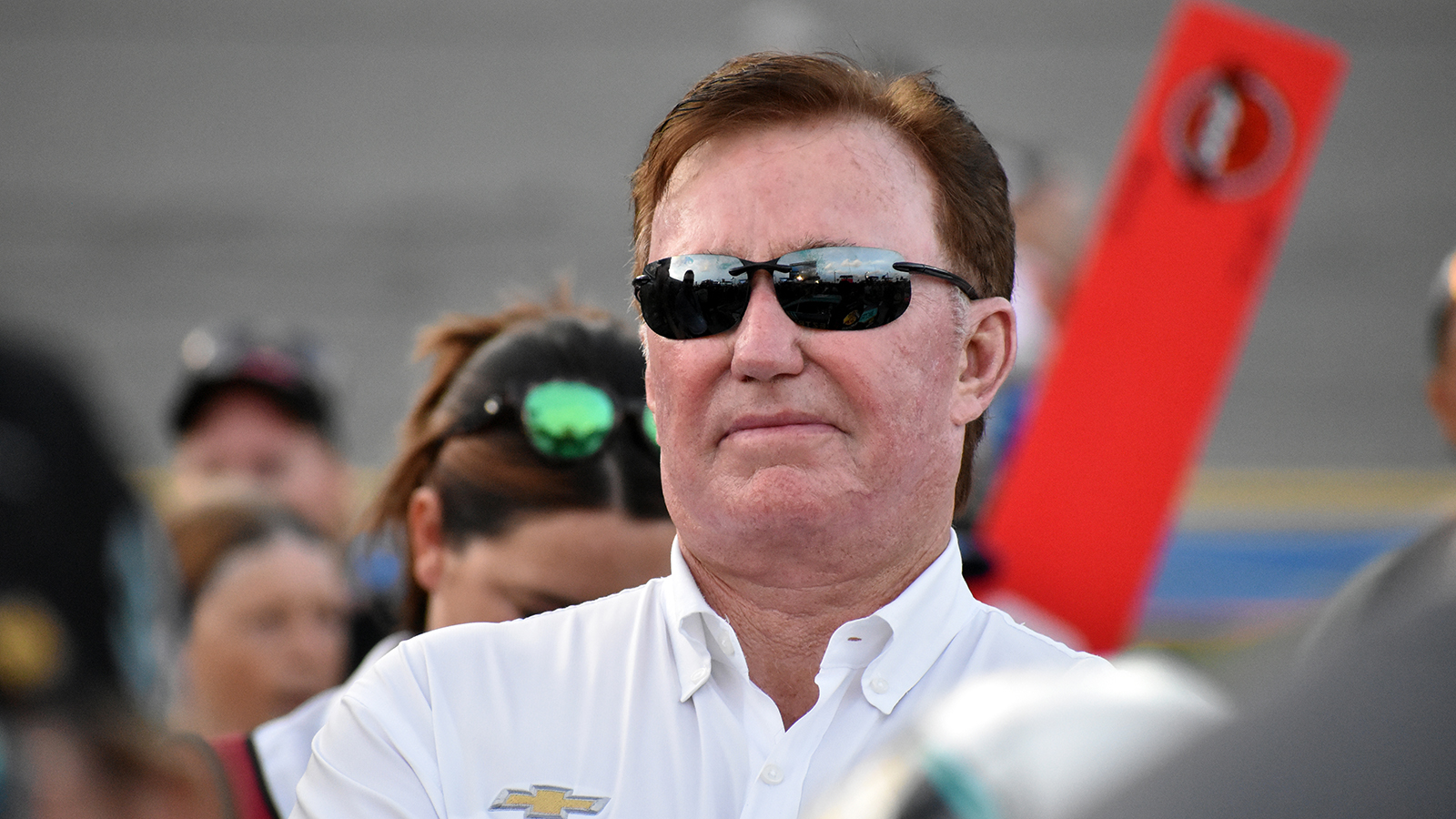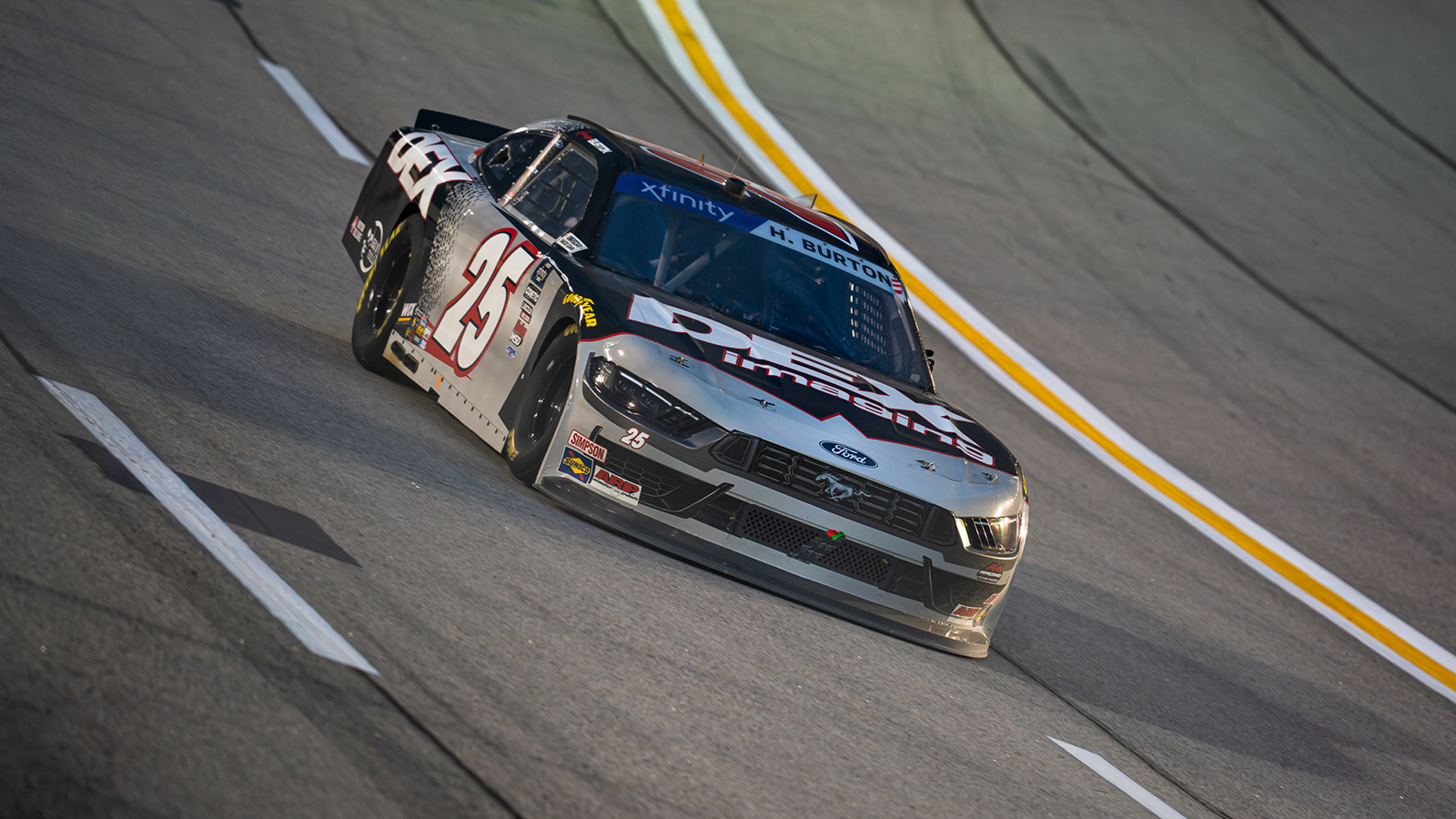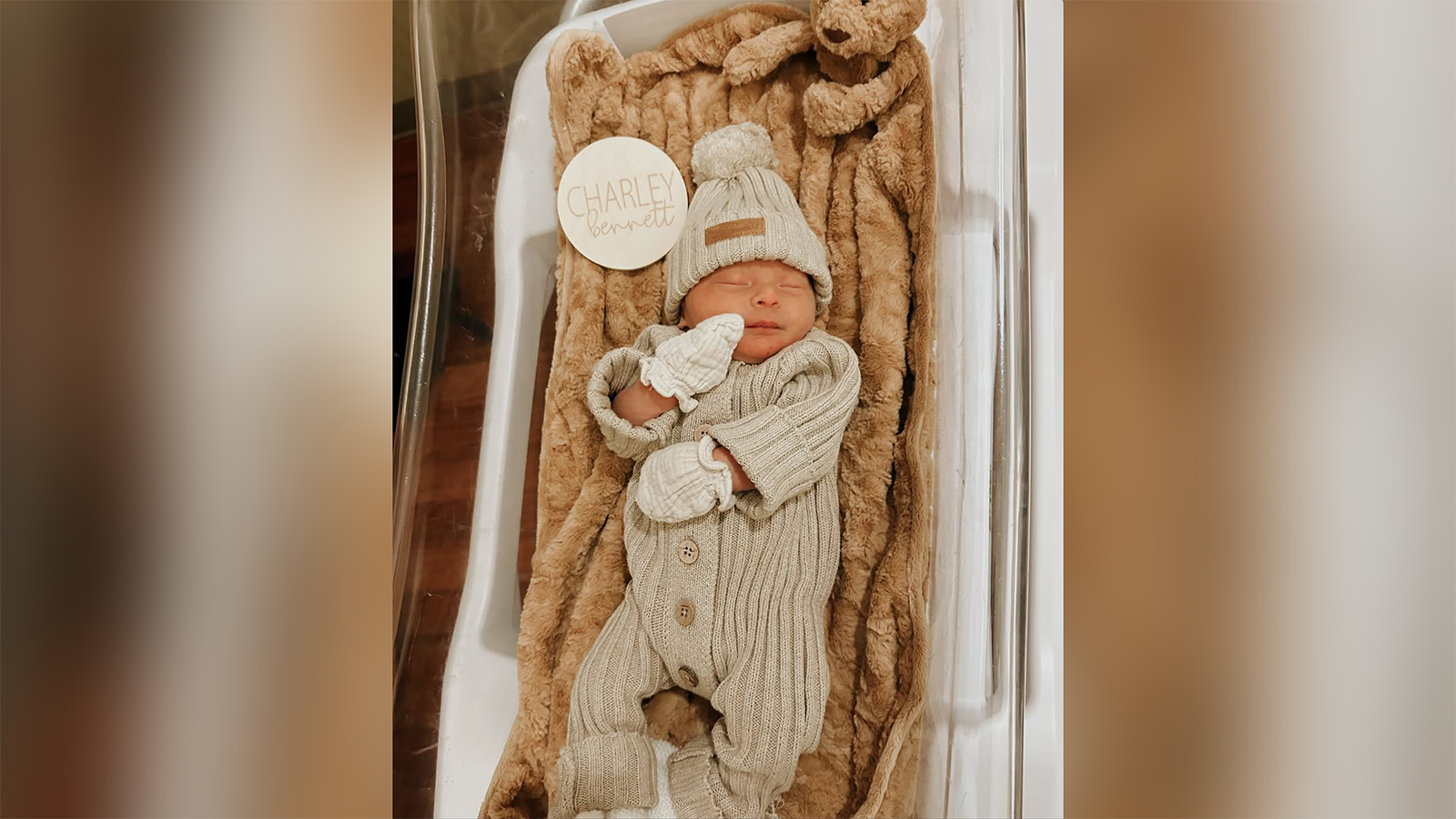Friday’s 50-minute practice session at Phoenix Raceway was an important checkpoint on the journey to solve the shortcomings of short track and road course racing in the NASCAR Cup Series.
As this seventh-generation vehicle enters its third season of competition, the sanctioning body is continuing to scramble while looking for an appropriate technical bulletin, one that can provide a solid on-track product on the short tracks, something that NASCAR has struggled with immensely since the car debuted in 2022.
As a result of an off-season test, NASCAR landed on a brand-new aero package, which features a simplified rear diffuser with fewer vertical strakes, and a three-inch rear spoiler — all the result of positive feedback from said testing session at Phoenix Raceway over the off-season.
That positivity has been left in the Arizona desert to die, after returning to the one-mile oval in March for an extended NASCAR Cup Series practice on Friday, allowing the entire field to get a handle on this new package… and by doing so, there seemed to be a consensus: It didn’t feel much different than before.
Tyler Reddick was third-quickest in Friday’s practice session and was arguably the most blunt when speaking about the new package. Granted, things didn’t go to plan for the Corning, California native, after both making wall contact and spinning – in separate incidents – throughout the 50-minute practice.
“We knocked the tail off of it pretty good. I don’t know if that’s some of our handling issues, just every time I think we made a positive change, we would get in traffic and it would be all gone again,” said Reddick after practice. “Pretty interesting to say the least, I think this package was supposed to help traffic but it feels exponentially worse. So, very interesting trying to feel out your car feel out what’s happening there out in traffic as well.”
Despite optimism among industry personnel that this change would eliminate some of the problems being presented with dirty air, Martin Truex, Jr. says that he didn’t feel much of a difference in his Joe Gibbs Racing Toyota Camry this weekend, versus last Fall in the season finale.
“What I noticed in practice as I got within a car length or so and just plowed out from behind who the guy was when I caught him,” said Martin Truex, Jr. “It didn’t seem a whole lot different yet, but again tomorrow more cars on the track it will be a different datapoint and we’ll see if its any different. It’s basically the exact same as the Fall.”
Chase Elliott, NASCAR’s Most Popular Driver, had similar feelings to Truex following Friday’s practice session, in that he didn’t feel much of a difference. In fact, following the session, the Hendrick Motorsports driver says he didn’t remember a change was even made for this weekend’s race until he got out of the racecar and his crew was talking about it with him.
“Honestly, no I really didn’t,” said Elliott. “I forgot they did anything until they started talking about it afterwards. I don’t see it really changing a whole lot. I could be totally wrong, but I don’t think it’s going to change much.”
Denny Hamlin, driver for Joe Gibbs Racing and co-owner of 23XI Racing, had a similar approach to answering the sought-after question following Friday’s practice, confirming that he too felt a little bit of difference, while also throwing in further insight, as well as a positive outlook for the aerodynamics package being debuted this weekend in Phoenix.
“I couldn’t [tell a difference, no. I think that some of the changes that it’s supposed to be better – I think it’s just not supposed to be worse than we had before, it’s just a far less expensive piece,” added Hamlin, who then offered some positivity to the situation. “I think it is not going to be worse than we had. What we had was really, really bad for sure.”
“This is like a 10-percent fix,” Hamlin added. “If back in the old heydays, where aerodynamics didn’t matter and that is a zero and what we had is 100, this is like 90. “It is going to be a very, very small change, but anything that can allow us to run closer together, cross each other’s wake without the air blocking we have seen over the last few weeks, that will be a good thing, and I certainly think that this package, this tire is heading in the right direction. It’s not all the way there, but it’s certainly heading there.”
Daniel Suarez, one of three drivers to visit Victory Lane in the NASCAR Cup Series, shared the same feelings as his competitors, in that this aero configuration made the vehicle drive worse in traffic than the previous package, leaving the Monterrey, Mexico-native with some uncertainty heading into Sunday’s event.
“Yeah, it does [pick up a push]. I was in traffic pretty much my entire first run. The first time out with tires, and the car actually felt great. And as soon as I got into traffic, I was like – what the heck, what happened to my car,” Suarez offered. “But I saw cars coming to me, as well, with little newer tires, and they were doing exactly the same thing. It’s going to be a challenge, but I like the fact that we’ll have to manage our tires a little bit more.”
The former NASCAR Xfinity Series champion, in a similar fashion to Hamlin, had something positive to say about things happening this weekend at Phoenix — but all of that praise belonged to Goodyear, who introduced a softer compound for the right-side tires, in hopes that drivers will have the added challenge of managing tire wear, which often adds passing opportunities.
“I think the tire is the biggest deal,” said Suarez. “I think having a softer tire on the right side and having a tire that is going to wear out more, I think it’s going to produce good racing […].” “But again, I think Goodyear is the one that can really move the needle there big time with the softer tire, and I feel like that was a move in the right direction. We’ll see how it matches with the aero package.”
With a unique point-of-view as a driver and an owner, Hamlin, a seasoned veteran of the NASCAR Cup Series, also had some optimism surrounding Goodyear’s change in tire compound for this weekend’s race at Phoenix, and the degradation that the tire has shown in the team’s limited observations, saying: “Anytime you can have lap time variability from good to bad and new to old, you are going to see more passing,” Hamlin said. “The more that we can create that, the more the drivers are going to have a hand in their finish in any given weekend for sure.”
On the other hand, Elliott doesn’t share the same train of thought as Hamlin and Suarez do, especially when asked about the impact of Goodyear’s brand-new tire for this weekend at Phoenix Raceway, which the Hendrick Motorsports driver says won’t make much of a visual difference in the racing.
“I’ll shoot you super straight, they change the tire all the time. Not only does it not make the racing look any different, but it’s really hard to tell from inside the car,” Elliott said. “Regardless of whatever compound they put on — and I’m not saying it doesn’t change things, because it does — but they are such minute things.”
Further expanding on his point, Elliott said: “It’s not going to look any different. You’re never going to hear about it. I don’t mean that negatively, but the cars are what they are. We’re racing on asphalt and there are four tires. It can only be so different. Typically, the same guys run good every week whether there’s a tire compound change or not.”
So, where do things stand heading into Sunday’s Shriners Children’s 500 at Phoenix Raceway? Honestly, it may take the entire length of Sunday’s 312-lap contest to get a better understanding of the intricacies of this aero package, and how it pairs with a softer right-side tire compound.
One thing is for sure, though. After 50 minutes of on-track activity, several drivers don’t believe this tweaked aerodynamic package will be improving the racing on Sunday, or in the rest of the short track events this season.
But, if we are to trust the unique wisdom and point-of-view of Denny Hamlin, who has become a liaison-of-sorts between the interworkings of a NASCAR Cup Series team and the general public, then there is reason to believe that things might look more competitive on Sunday than expected.
“This package, this tire, is heading in the right direction. It’s not all the way there, but it’s certainly headed there,” says Hamlin.
But, truth be told, there’s only one tried-and-true method in testing this hypothesis. Sunday’s race… and the numerous races afterward that will utilize this same package.
